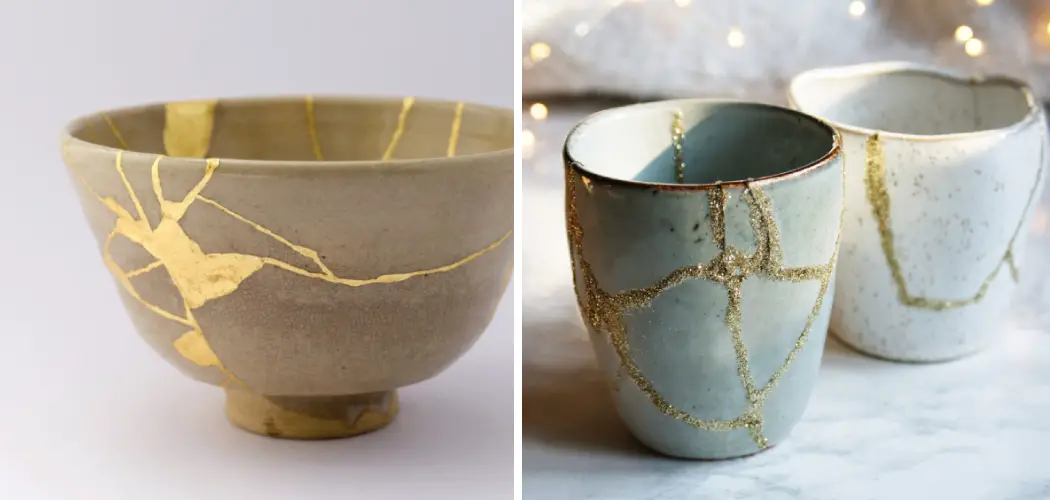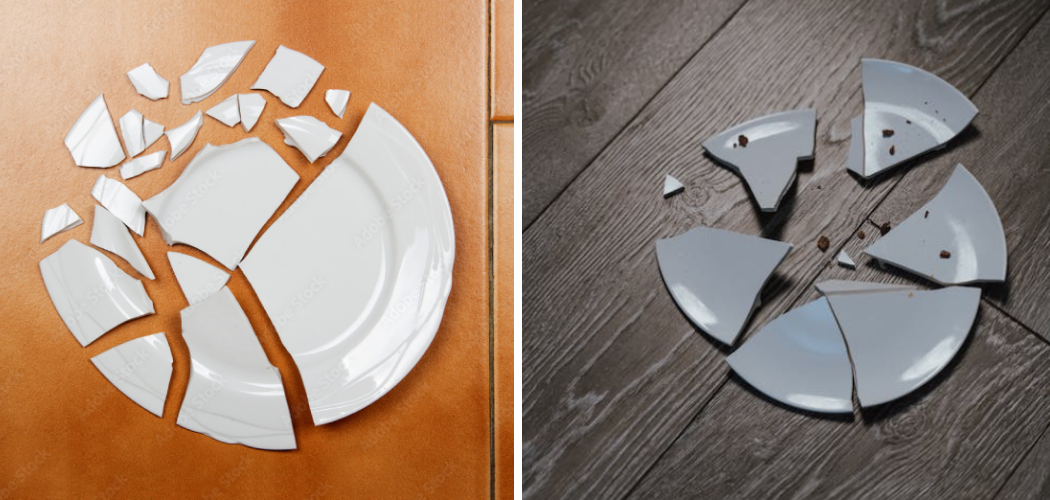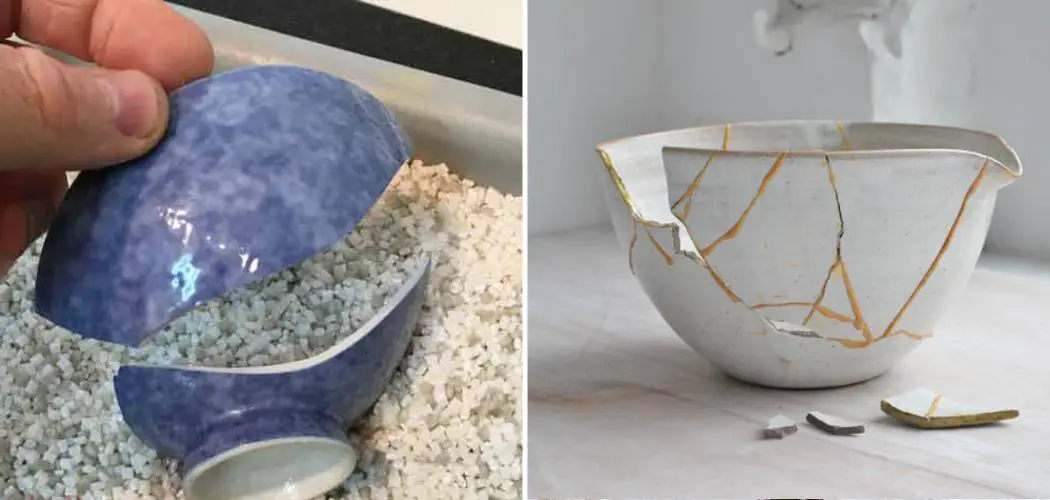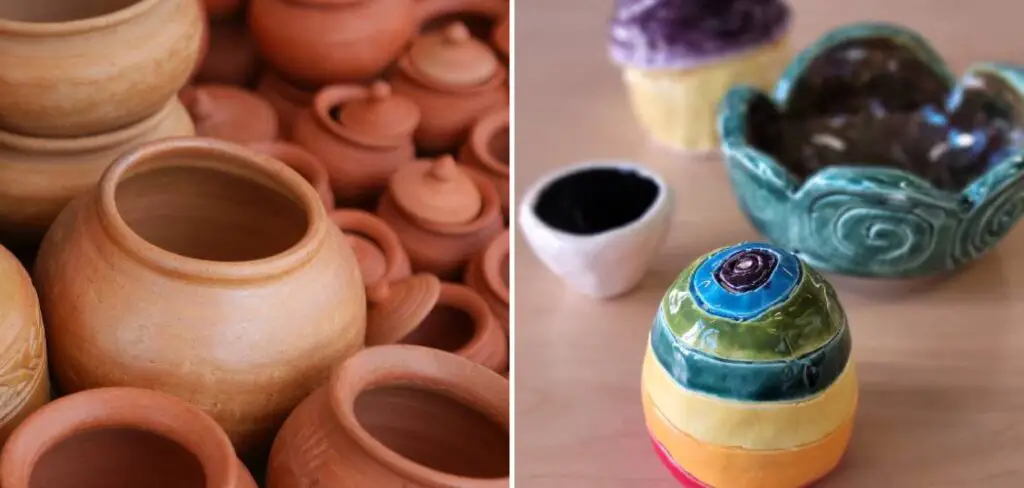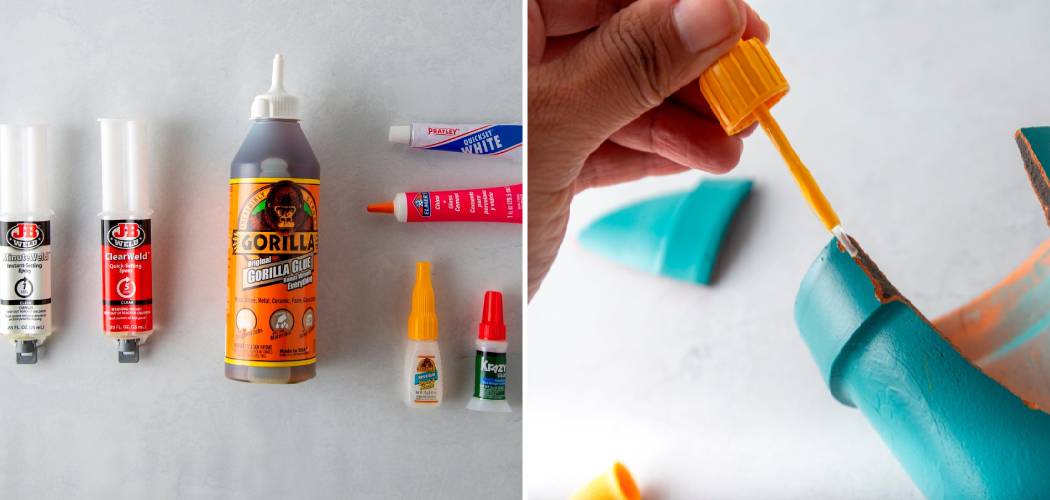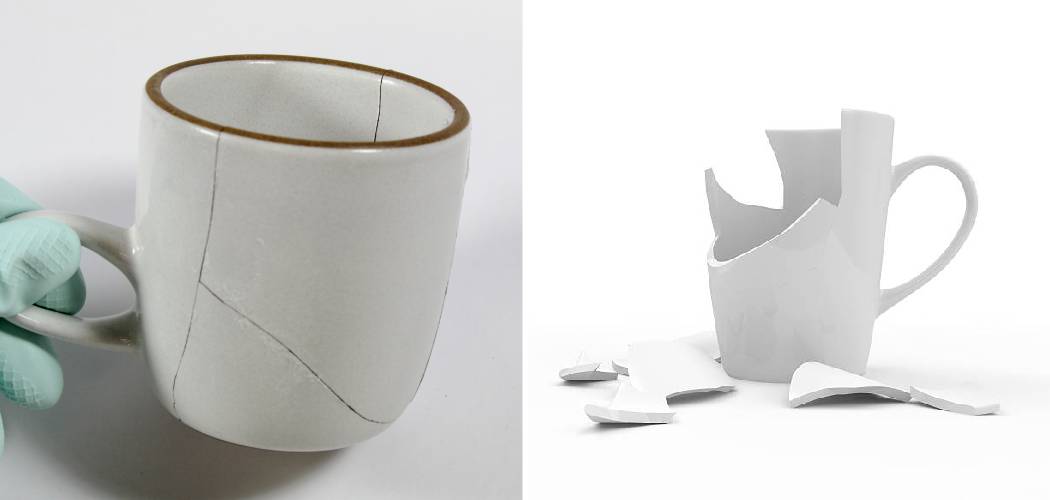Breaking pottery intentionally may seem counterintuitive, but in the art of Kintsugi, it is a deliberate and transformative process that turns shattered pieces into beautiful works of art. Kintsugi, the Japanese art of repairing broken ceramics with lacquer and powdered precious metals, celebrates the beauty of imperfection and resilience. Knowing how to break pottery for Kintsugi involves a careful balance between controlled force and artistic intention.
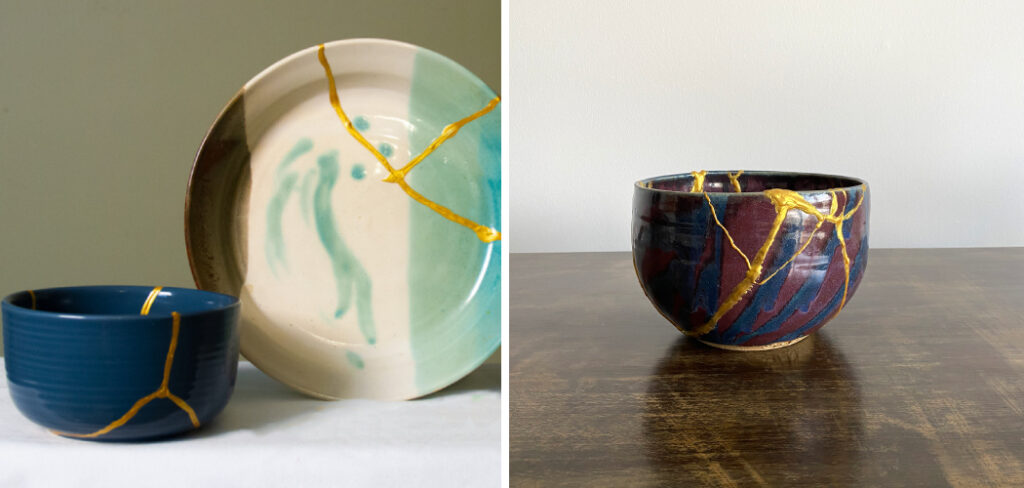
In this guide, we will explore the intricate steps and considerations behind intentionally breaking pottery for Kintsugi, examining the significance of each fracture and the subsequent steps to create a unique masterpiece. From choosing the right vessel to understanding the controlled breakage technique, embarking on the journey of intentionally breaking pottery for Kintsugi is an artistic endeavor that not only values the history of the object but also breathes new life into its fractured form.
Table of Contents
Choosing Pottery Suitable for Kintsugi
Kintsugi, also known as Kintsukuroi, is the Japanese art of repairing broken pottery using lacquer mixed with gold or other precious metals. This technique not only restores the functionality of the broken object but also enhances its beauty by highlighting the cracks instead of hiding them.
Before you can begin practicing Kintsugi, it is important to understand that not all pottery is suitable for this technique. Some materials, such as glass or plastic, cannot be repaired using Kintsugi because they do not have the same properties as traditional ceramics. Additionally, pottery that has been coated with a glaze or enamel cannot be broken and then repaired using Kintsugi.
So how do you choose pottery that is suitable for Kintsugi? Here are some key factors to consider:
- Material: Traditional Kintsugi uses ceramics, specifically earthenware or stoneware, as the base material for repair. These materials have a high resistance to heat and can withstand the lacquer and metal mixture used in Kintsugi. Avoid using pottery made from other materials such as glass or plastic.
- Thickness: Thinner pottery tends to break more easily, which can make it challenging to repair using Kintsugi. It is recommended to choose pottery with a medium thickness that will be durable enough to hold the lacquer and metal mixture without breaking apart.
- Shape: The shape of the pottery also plays a role in its suitability for Kintsugi. Pieces with intricate shapes or thin walls may not be suitable for this technique as they may be difficult to repair or the lacquer may not adhere properly.
- Functionality: Consider the function of the pottery before choosing it for Kintsugi. If the object is meant to hold liquid, such as a cup or bowl, make sure that it is still able to serve its purpose after being repaired using Kintsugi.
10 Steps How to Break Pottery for Kintsugi
1. Hammer Method
The hammer method is the most common way to break pottery for kintsugi. This method involves placing the piece of pottery on a hard surface and gently tapping it with a hammer until it breaks into the desired pieces. It is important to be careful when using this method, as it can cause pieces to break too small or too large.
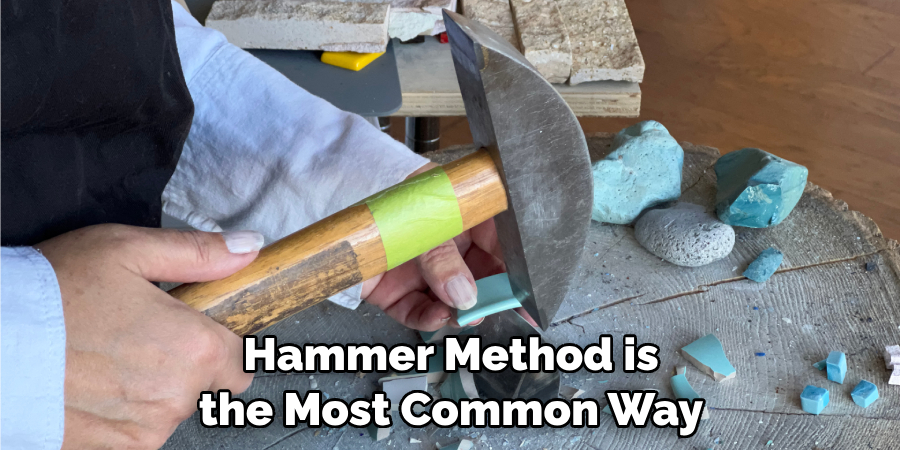
2. Drop Method
The drop method is another popular way to break pottery for kintsugi. This method involves dropping the piece of pottery from a height onto a hard surface, such as concrete or tile, until it breaks into the desired pieces. The drop method can be used for larger pieces of pottery that cannot be broken using the hammer method.
3. Freeze-Thaw Method
The freeze-thaw method is an effective way to break pottery for kintsugi without damaging the pieces too much. This method involves placing the piece of pottery in a freezer overnight and then removing it, and allowing it to thaw at room temperature until it breaks into the desired pieces. This method works best with smaller pieces of pottery that are not too thick or dense.
4. Boil-Cool Method
The boil-cool method is another effective way to break pottery for kintsugi without damaging the pieces too much. This method involves placing the piece of pottery in boiling water and then removing it, and allowing it to cool until it breaks into the desired pieces. Like with the freeze-thaw method, this works best with smaller pieces of pottery that are not too thick or dense.
5. Pliers Method
The pliers method is a good option when you need to without breaking up an entire section at once. To use this method, place two pairs of pliers around different sections of the piece and twist them in opposite directions until they snap off cleanly into separate pieces. This works best on thinner pieces of ceramic, such as plates or cups, but can also be used on thicker items if necessary.
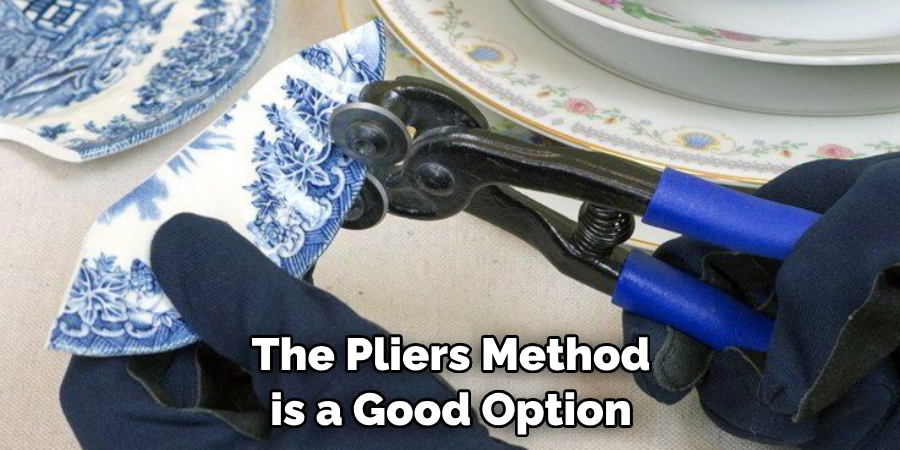
6. Vice Grip Method
The vice grip method is similar to the pliers technique but requires more strength and precision when breaking off sections from larger items like vases or bowls. To use this technique, place two sets of vice grips around different sections of the item and slowly tighten them until they snap off cleanly into separate pieces without shattering other parts of the item in between them.
7. Sawing Method
The sawing technique is often used when trying to break off large sections from larger items like vases or bowls that are too thick for other methods, like pliers or vice grips, to work effectively on their own. To use this technique, place a saw blade along one edge where you want to make your cut and slowly start sawing back and forth until you have c.t through enough material for your section to snap off cleanly into separate pieces without shattering other parts in between them.
8. Scoring Method
The scoring technique is similar to sawing but does not require any tools other than something sharp like an X-Acto knife. To use this technique, score along one edge where you want your cut by repeatedly making shallow cuts with your knife until you have scored deep enough for your section to snap off cleanly into separate pieces without shattering other parts in between them.
9. Sandpaper Method
The sandpaper technique is often used when trying to remove excess material from larger items like vases or bowls that are too thick for other methods like pliers or vice grips. To use this technique, simply rub sandpaper along one edge where you want your cut until you have removed enough material for your section to snap off cleanly into separate pieces without shattering other parts in between them.
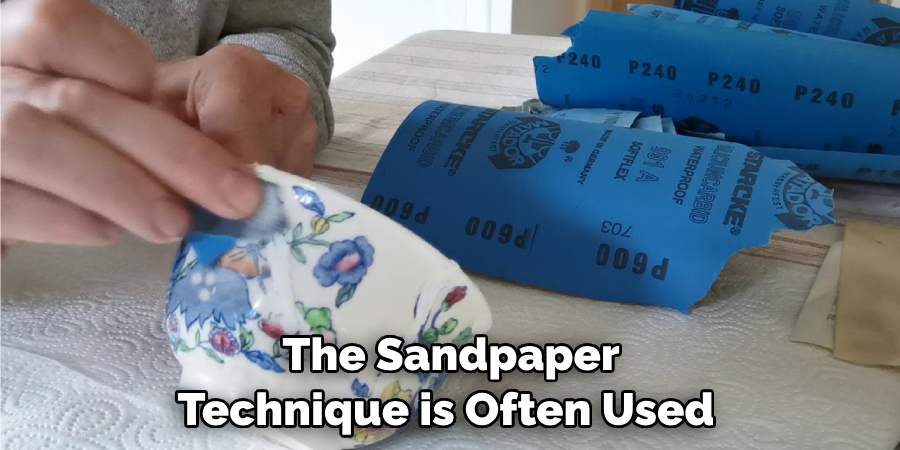
10. Heat Gun Method
The heat gun technique is often used when trying to soften large sections from larger items like vases or bowls that are too thick for other methods like pliers or vice grips. To use this technique, simply apply heat from a heat gun along one edge where you want your cut until you have softened enough material for your section to snap off cleanly into separate pieces without shattering other parts in between them.
Things to Consider When Breaking Pottery
Kintsugi is the Japanese art of repairing broken pottery with lacquer dusted or mixed with powdered gold, silver, or platinum. This technique emphasizes the beauty in imperfection and celebrates the history of an object rather than trying to hide its flaws. However, before you can start putting back together a piece of pottery using Kintsugi, you will need to break it first. Here are some things to keep in mind when breaking pottery for Kintsugi:
Use Appropriate Tools
To break pottery for Kintsugi, you will need tools specifically designed for this purpose. These can include hammers, chisels, or even traditional Japanese ceramic breaking tools such as a “hyo-gu” or “chirin-koge.” Using the wrong tools can result in uneven or jagged breaks, which can make it difficult to repair the pottery.
Understand the Pressure Points
When breaking pottery, it’s important to understand where its pressure points are. These are areas where the pottery is more likely to break cleanly and evenly. For example, handles, rims, and edges tend to be pressure points on most pieces of pottery. By targeting these areas, you can create clean breaks that will be easier to repair.
Wear Protective Gear
Breaking pottery can be a messy and potentially hazardous process. Tiny shards and dust particles can fly around, so it’s important to wear protective gear such as gloves, goggles, and a face mask. This will not only help keep you safe but also prevent any unwanted debris from getting into the lacquer or gold dust used in Kintsugi.

Conclusion
Kintsugi is an innovative art form that allows you to take an old, damaged object and turn it into something new and beautiful. It can be a wonderful way to honor memories, the passing of time, or the beauty of imperfection. Breaking pottery for kintsugi can take some practice and skill but by following some basic steps outlined in this post, it can be done with ease.
With determination and patience anyone can learn how to break pottery with precision. So if you have ever wanted to try your hand at kintsugi, there’s no time like the present! Take what you learned in this blog post about how to break pottery for kintsugi and give it a try today; let your creative journey begin!
